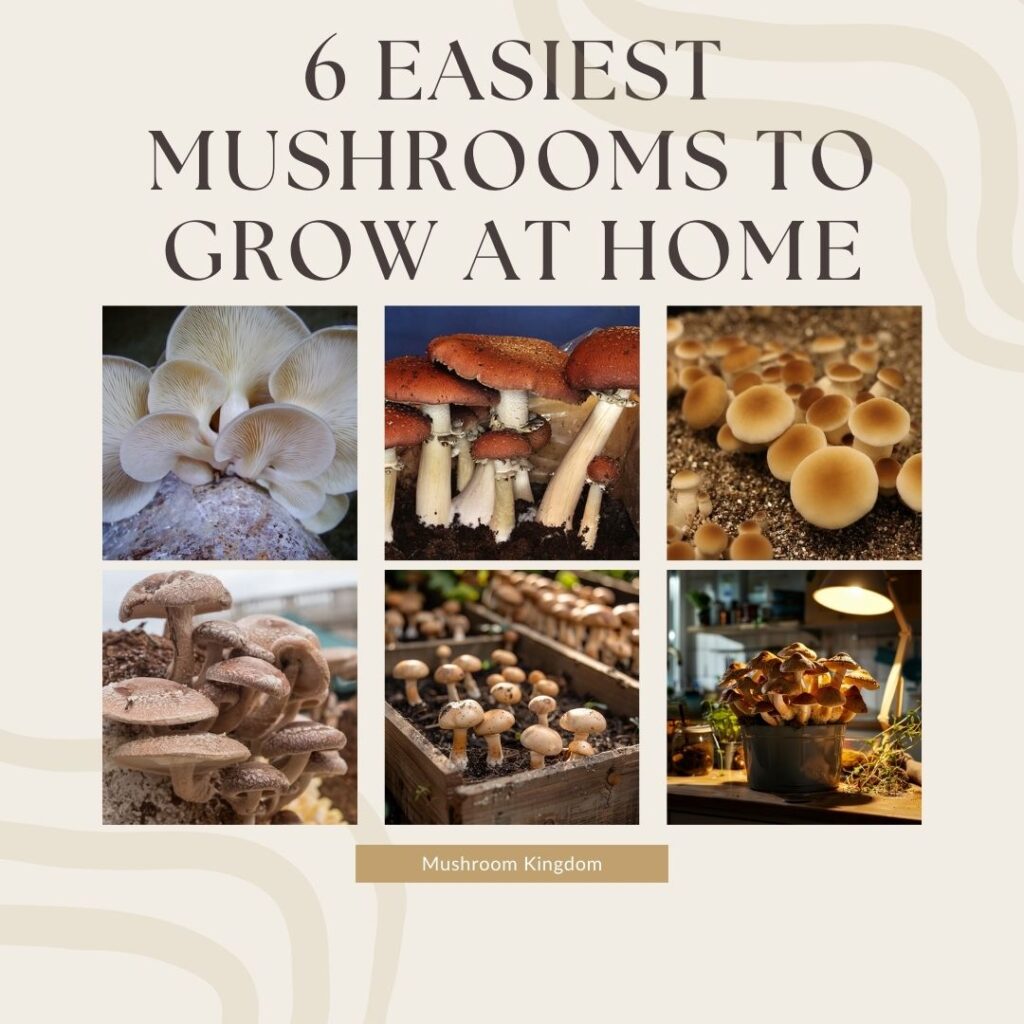Cordyceps mushroom, specifically Cordyceps sinensis, is a parasitic fungus that grows on the larvae of insects and is prized for its potential medicinal properties.
It is highly valued in traditional Chinese and Tibetan medicine for its potential health benefits, such as boosting energy, enhancing stamina, supporting immune function, improving respiratory health, and offering anti-inflammatory properties.
Found mainly in the high-altitude regions of the Himalayas, it is often used in supplements, teas, and extracts for its medicinal properties.
How To Identify Cordyceps Mushroom (Cordyceps Sinensis)?
Identifying Cordyceps sinensis can be challenging due to its unique growth environment and morphology.

Here are some key characteristics to help you identify Cordyceps sinensis:
Habitat and Growth
Cordyceps sinensis typically grows in the high-altitude regions of the Himalayas, particularly in Tibet, Nepal, and Bhutan, at elevations between 3,000 to 5,000 meters.
It is a parasitic fungus that primarily infects the larvae of ghost moths (Thitarodes species). The fungus invades and mummifies the caterpillar underground.
Physical Characteristics
Stroma: The fruiting body (stroma) emerges from the mummified caterpillar. It is dark brown to black, cylindrical, and can be 4 to 11 cm in length.
Caterpillar Body: The lower part of the Cordyceps sinensis is the mummified caterpillar, which is yellowish-brown and retains its caterpillar shape. It typically measures 3 to 5 cm in length.
Texture
- Stroma: The stroma has a leathery texture when fresh and becomes more brittle when dried.
- Caterpillar: The caterpillar part is firm and slightly flexible.
Due to its high market value, Cordyceps sinensis is often overharvested, leading to concerns about its sustainability. Ensure that any collection is done sustainably and ethically, respecting local regulations and ecosystems.
Is Cordyceps Mushroom (Cordyceps Sinensis) Edible?
Yes, Cordyceps sinensis is edible and is highly prized for its medicinal properties rather than its culinary uses. Here are some important points to consider regarding the edibility and uses of Cordyceps sinensis:
Medicinal benefits
Cordyceps sinensis has been used in traditional Chinese and Tibetan medicine for centuries. It is believed to enhance stamina, boost the immune system, improve respiratory function, and increase energy levels.
It contains several bioactive compounds, such as cordycepin, adenosine, and polysaccharides, which are thought to contribute to its health benefits.
Modern research suggests that Cordyceps sinensis may have potential benefits for treating fatigue, improving athletic performance, supporting heart health, and acting as an antioxidant and anti-inflammatory agent.
Although it is not commonly used as a culinary ingredient due to its rarity and cost, Cordyceps sinensis can be consumed in various forms such as through powders, extracts and whole.
What Are The Health Benefits of Cordyceps Mushroom?
Cordyceps sinensis is known for enhancing energy, stamina, and immune function, while also offering anti-aging, anti-inflammatory, and respiratory health benefits.
Additionally, it supports heart health, blood sugar control, sexual health, kidney and liver function, and may have anti-cancer properties.
Enhanced Energy and Stamina
Cordyceps is believed to improve the body’s production of adenosine triphosphate (ATP), which is crucial for delivering energy to muscles, thereby enhancing exercise performance and reducing fatigue.
Studies indicate that it may improve the way the body utilizes oxygen, making it beneficial for athletes and those engaging in physical activities.
Immune System Support
Cordyceps is known to help modulate the immune system, boosting its activity when needed and suppressing it to prevent overreaction. Also, the mushroom is rich in antioxidants, which help to combat free radicals and protect the body from oxidative stress.
Anti-Aging Effects
The antioxidants may slow the effects of ageing by protecting cells from damage and improving cell function. Traditional uses suggest that this mushrooms can increase vitality and longevity, which modern research supports to some extent.
Respiratory Health
Many experts agree this mushrooms can support the treatment of respiratory conditions like asthma and bronchitis by improving oxygen utilization and having anti-inflammatory effects on the airways.
Heart Health
Research indicates that it can help lower bad cholesterol (LDL) levels and increase good cholesterol (HDL) levels. Some studies suggest that Cordyceps can improve heart function and protect against heart disease.
Sexual Health
Traditional uses of Cordyceps include enhancing libido and sexual function in both men and women. Some studies support these claims, indicating potential benefits for sexual health and fertility.
What Are The Negative Effects of Cordyceps Mushroom (Cordyceps Sinensis)?
Cordyceps sinensis is generally considered safe when consumed in moderate amounts.
However, it is always advisable to consult with a healthcare professional before starting any new supplement, especially for individuals with underlying health conditions or those taking other medications.
Rarely, some people might experience mild side effects such as digestive upset, dry mouth, or dizziness.
Cordyceps Sinensis vs Militaris
Cordyceps sinensis and Cordyceps militaris are two distinct species of fungi known for their medicinal properties, but they differ significantly in their habitat, appearance, and availability.
It is also known as Ophiocordyceps sinensis, grows in the high-altitude regions of the Himalayas, including Tibet, Nepal, and Bhutan. It parasitizes the larvae of ghost moths, mummifying them and producing a dark brown to black cylindrical fruiting body.
This species is highly prized in traditional Chinese and Tibetan medicine for its reputed benefits in boosting energy, enhancing stamina, supporting immune function, and improving respiratory health.
Due to its specific growing conditions and overharvesting in the wild, Cordyceps sinensis is scarcer and more expensive.
Cordyceps militaris can be found in various temperate regions worldwide, including Asia, Europe, and North America.
It grows on insect pupae and has a bright orange to reddish-orange club-shaped fruiting body, which differs significantly from the dark, cylindrical form of C. sinensis.
Cordyceps militaris is also used in traditional medicine and contains similar bioactive compounds, offering comparable health benefits such as enhancing immune function and energy levels.
However, it is more readily available and less expensive due to its easier cultivation and broader geographic distribution. C. militaris is often cultivated commercially on substrates like grains, making it more accessible.


